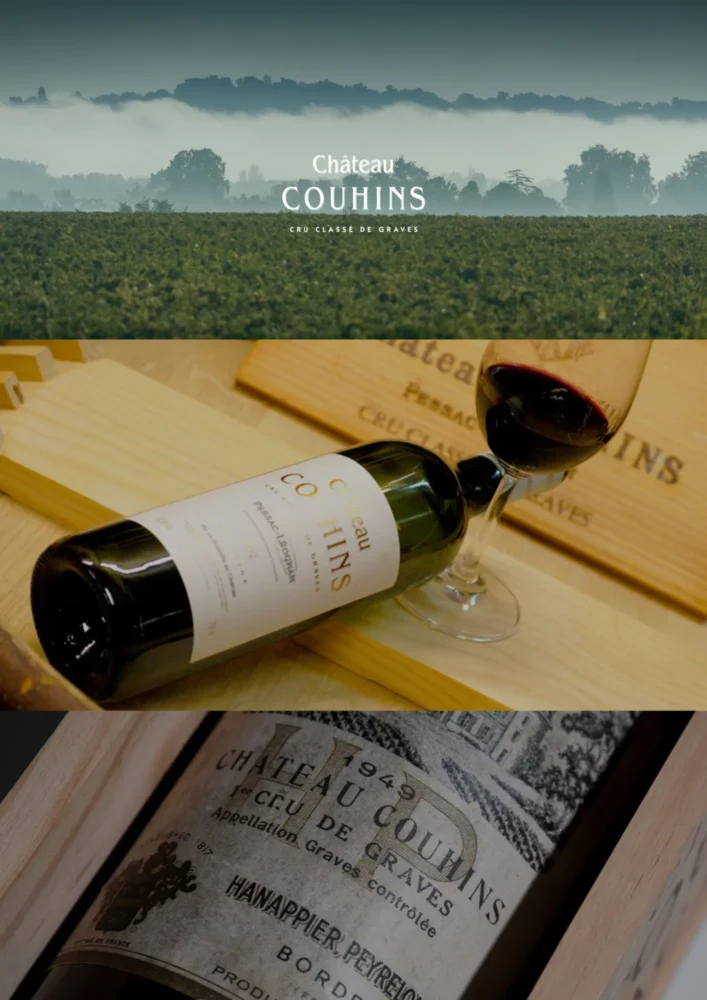With roots dating back to the 17th century, Château Couhins is one of the oldest vineyards in the Graves region. Originally, it consisted of two separate estates, Domaine de la Gavette and Domaine du Pont de Langon, which later merged, forming what is now Château Couhins.
In 1883, Constantin Hanappier, a prominent Bordeaux merchant, acquired the property. Through marriages and inheritances, the estate became part of the Gasqueton family holdings, which also included the prestigious Saint-Éstèphe châteaux Calon-Ségur and Capbern Gasqueton. Under Édouard Gasqueton’s leadership, the 60-hectare estate gained a reputation for producing exceptional wines, solidifying its place among Bordeaux’s finest properties.
In 1959, the Institut National des Appellations d’Origine (INAO), at the request of the Syndicat de Défense de l’Appellation des Graves, established a classification of the region’s best wines. Based on Bordeaux courtier ratings, Château Couhins was awarded the prestigious Grand Cru Classé de Graves title. During this golden era, the estate’s wines were highly sought after, with barrels selling for 60,000 Francs each, making it one of the most successful Crus Classés de Graves.
However, Château Couhins faced a difficult period following Édouard Gasqueton’s death in 1962. The estate had already suffered from severe frost in February 1956 and successive heatwaves in 1959 and 1961, weakening the vineyard. In 1968, the heirs decided to sell the property to the INRAE (formerly INRA), France’s National Institute of Agricultural Research.
As part of this transition, 1.5 hectares of white grape vines were sold to André Lurton, who continued producing wine under the Couhins-Lurton name.
Thanks to the efforts of INRAE, Château Couhins was saved from disappearing entirely. However, only four hectares remained of the tens of hectares that once made up the vineyard. Despite these challenges, the estate upholds its Grand Cru Classé de Graves status, honouring its long and storied history in the Graves region.
